Millennial slang shaped an entire generation’s way of speaking. Words like “bling” and “crunk” brought vibrant energy to everyday conversations and made communication more relatable. These distinctive linguistic patterns from the 2000s still influence our modern speech.
Language trends move in cycles, just like fashion. The words millennials used twenty years ago have started appearing in conversations again. These terms, created by millennials (born 1981-1996, now 28-43 in 2024), have proven remarkably durable. The Oxford Dictionary now includes “chav” as an official entry. “Adulting” made its Twitter debut back in 2008.
The 2000s brought some questionable trends – low-riding jeans and hair feathers come to mind. Yet millennial slang deserves its place in linguistic history. Millennials created lasting language breakthroughs before Gen Z’s TikTok vocabulary took over. Their expressions became powerful symbols of their generation’s identity. This piece explores these memorable 2000s slang terms that captured millennial culture’s spirit.
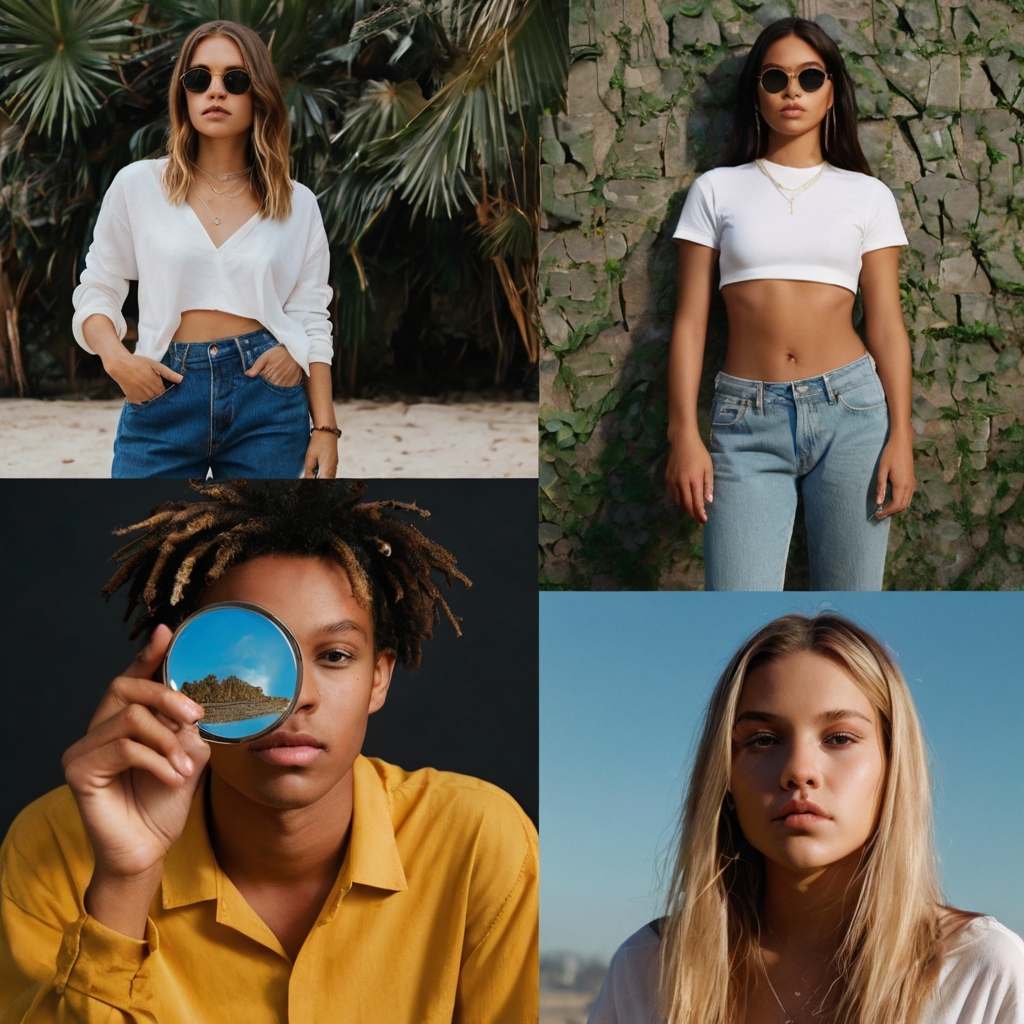
Why 2000s Millennial Slang Still Matters
The 2000s era stands out as a unique linguistic period that shapes how we communicate today. The words people used back then did more than just create temporary trends—they captured historical moments and cultural shifts that defined a generation.
1. Slang as a cultural time capsule
Millennial slang from the 2000s serves as a linguistic snapshot that preserves an era of rapid tech breakthroughs and cultural change. These expressions capture specific periods and events that reveal each era’s personality. On top of that, it shows us the social issues, tech advances, and cultural movements that shaped life in the early 2000s.
Just like picking a playlist sets a mood, the slang words of the 2000s—from “amazeballs” to “da bomb”—show the optimism and energy before the recession hit America. The internet boom, reality TV, and the first social media platforms defined this decade. So the words that emerged during this time paint a picture of millennial identity during massive changes.
These word snapshots do more than save vocabulary. They keep the cultural context alive. Words like “tight” or “word” teach us about that era’s values and social dynamics. Learning where these slang terms came from helps us see their cultural impact, since many started in specific communities before everyone began using them.
2. The cyclical nature of trends
Language’s rise follows patterns you can predict. Research using Google Ngram data found that English words become popular and fade away in 14-year cycles. This pattern shows up in French, German, Italian, Russian, and Spanish too.
Language cycles match other cultural trends:
- Low-rise jeans from the 2000s vanished but came back years later, and slang terms follow this same pattern
- Vintage slang has “made a bigger comeback than baggy jeans and claw clips”
- Washington, Pennsylvania, and Delaware lead the way in keeping vintage slang alive
This cycle explains why “FOMO” and “chill” stay popular vintage terms nationwide. Language works like fashion—what seems old becomes cool again, usually after that 14-year gap researchers see but can’t explain.
3. Why millennials still use these phrases
Millennials have flocked to Reddit to honor their “lost words” and share which old terms they won’t give up. This love for 2000s slang reveals something about how we identify through language—words from our formative years often stay meaningful throughout life.
Some expressions stick around because they perfectly describe situations we still face. “Sketchy” or “janky” still work better than newer slang alternatives. These shared words create bonds between people who lived through the same cultural moment.
For millennials in their thirties and early forties, these words mean more than just communication—they connect to key life experiences. While terms like “adulting” often appear as jokes, they’ve helped create certain millennial stereotypes. Notwithstanding that, keeping these language markers helps millennials hold onto their generation’s identity as they grow older.
These 2000s expressions last because they work so well and fit many situations. Baby boomers (52%) and Gen X (42%) still use words like “bummer,” while “chill” remains popular across generations. This wide appeal shows how some millennial expressions surpass their original context.
Most Iconic Millennial Slang Words from the 2000s
The 2000s saw an explosion of unique vocabulary that shaped how millennials communicated. These slang terms weren’t just passing fads—they became the language markers of a time driven by new technology, reality TV, and the early days of social media.
1. Chillax
“Chill” and “relax” came together to create chillax, a standout word of the early 2000s. The term first showed up in movies with 2003’s Final Destination 2, but its roots go back to mid-1990s hip hop. Hip hop trio Company Flow used it in their lyrics back in 1996. People first linked it to laid-back marijuana smokers who avoided work, but chillax has grown more popular since its 2000s peak. The word’s redundant nature made it a stronger way to tell someone to be very relaxed.
2. Buff
“Buff” grew beyond its original meaning of light-yellow leather from buffalo skins during the 2000s. Millennials used it to describe someone with impressive muscles or physical fitness. The Valley Girl’s Guide put it simply: “Well, dudes have got to be totally buf, first off.” British people gave it extra meanings like “sexy” or “attractive” for both men and women. “Buff” worked so well as a compliment about looks that it became a key part of millennial speech.
3. Sketchy
“Sketchy” started as a word for something incomplete, like a rough drawing. Its meaning changed dramatically in the late 1990s. Young people in the 2000s used it to describe anything suspicious, untrustworthy or dangerous. Language expert Mark Liberman thinks this change might have happened because the word sounds like other negative terms such as “skeevy” and “scuzzy.” Millennials used this word for everything from shady people to unsafe places or unreliable situations.
4. Dawg
This different spelling of “dog” started in African American Vernacular English and took off in the 2000s. “Dawg” wasn’t about animals—it was a friendly term between male friends. People mostly used it as a greeting (“What’s up, dawg?”) to show friendship and recognition. The unique spelling set it apart from regular “dog” while keeping that casual, brotherly feeling that made it so popular with millennials.
5. Fetch
“Fetch” might be the most interesting slang term of the 2000s because it got famous for not catching on—at least in the movie Mean Girls (2004). The character Gretchen Wieners keeps trying to make “fetch” happen as a word for something cool, but Regina George shuts her down with: “Stop trying to make ‘fetch’ happen, it’s NOT going to happen!” The funny part is that this rejection made “fetch” stick in real millennial culture. The word likely comes from “fetching,” an older term for “attractive.”
6. Crunk
Crunk was both music and a state of mind in the early 2000s. This Southern hip-hop term from the early 1990s hit mainstream success between 2000-2005. Lil Jon and the East Side Boyz made it popular with their 1997 album “Get Crunk, Who U Wit: Da Album,” but it really blew up in 2004 with “Crunk Juice.” People debate where the word comes from—maybe “crazy” + “drunk,” “chronic” + “drunk,” or the past tense of “to crank (up).” Whatever its origins, crunk described an intense, energetic party vibe tied to Southern club culture.
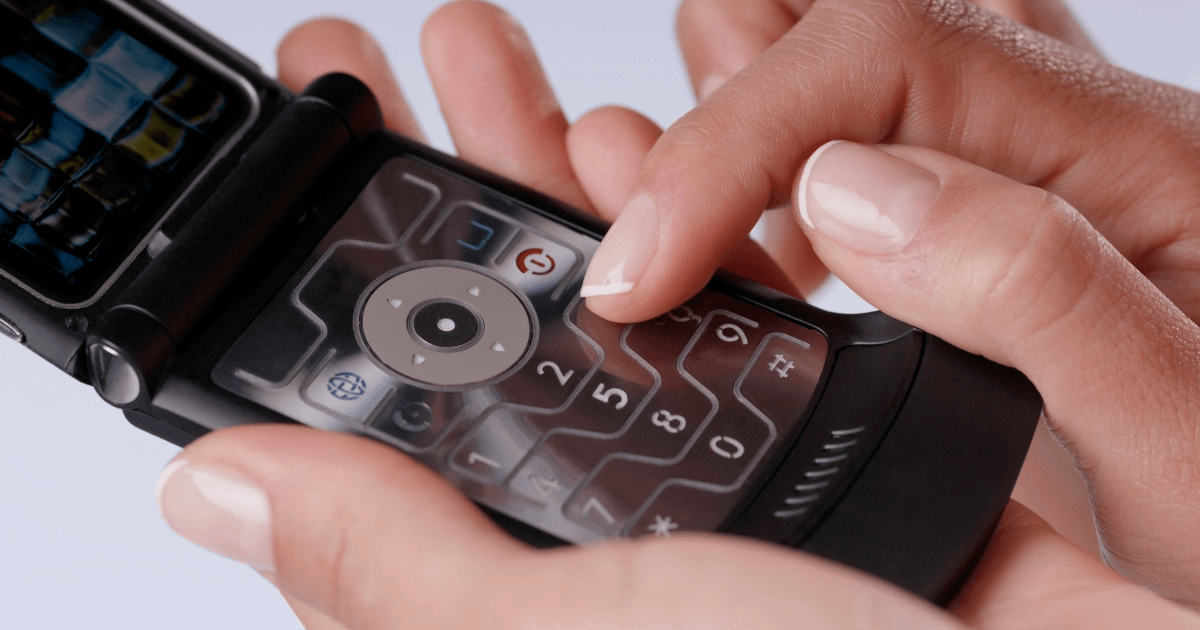
Internet and Text Slang from the Early 2000s
The early 2000s saw the birth of a unique digital language that changed how our generation talked online. Millennials created shorthand expressions as mobile phones and internet platforms became popular to work around the limitations of early messaging technology.
1. LOL and LYLAS
“LOL” (Laughing Out Loud) became the most widely used text abbreviation of the 2000s. What started as a genuine way to show amusement turned into a multipurpose response that could acknowledge even slight humor. “LYLAS” (Love You Like A Sister) showed the emotional bonds created in early internet spaces. This term showed deep affection and friendship between friends who shared a close, sisterly connection. Both these abbreviations became hugely popular in early internet chatrooms and instant messaging platforms during the 1980s and 1990s before becoming common in text messaging.
2. PC4PC and bbz
MySpace culture brought its own unique shorthand that shaped millennial online interaction. “PC4PC” (Picture Comment for Picture Comment) showed the give-and-take nature of early social media interaction. Users would comment on someone’s profile picture and expect the same in return. At the same time, “bbz” became a way to show affection, short for “babes,” which friends and couples used to express their fondness. These terms showed how millennials learned to direct early social platforms like MySpace and created their own digital rules.
3. aLtErNaTiNg CaPs
Millennials created one of the most eye-catching text styles by typing with alternating uppercase and lowercase letters. This style, known as alternating case or sticky caps, created a distinct visual pattern that added character to digital messages. The reason behind this trend’s popularity remains a mystery – it just became part of early 2000s internet culture. People used alternating caps to make their writing stand out or add a fun, dramatic touch to online conversations.
4. TTYL and BRB
“TTYL” (Talk To You Later) and “BRB” (Be Right Back) became crucial for managing early instant messaging conversations. “TTYL” offered a casual way to pause a conversation while letting others know you’d be back. These terms first caught on in AOL Instant Messenger during the 1990s and quickly spread to text messaging. “BRB” let users take quick breaks without ending their chats completely. These shortcuts emerged because early messaging platforms needed users to manually show their status, unlike today’s automatic indicators.
Catchphrases and Sayings That Defined the Era
Millennial culture in the 2000s gave us more than just words and abbreviations. The era created unforgettable catchphrases that became shortcuts for expressing attitudes and situations. These sayings spread through everyday talks, TV shows, and movies, which created a unique language connection for a whole generation.
1. Talk to the hand
This sassy comeback showed up in the early 1990s as a way to shut down unwanted conversations. People would raise their palm to someone’s face while saying it, and the phrase blew up after appearing on Fox’s sitcom “Martin” (1992-1997). The complete version—”talk to the hand because the face ain’t listening”—became so popular that people started making their own versions. Some favorites were “talk to the finger ’cause you ain’t worth five” and “talk to the left ’cause you ain’t right.”
2. You got served
Legal documents weren’t the only things getting served anymore. This phrase turned into millennial slang for getting beaten or embarrassed badly. The 2004 dance movie with the same name made it huge. People would yell “you got served” after winning big or dropping an epic comeback. The phrase meant someone’s ego got knocked down a few pegs.
3. That’s what she said
This clever phrase turns regular statements into jokes with a dirty twist. The British started it back in 1901-1910 with “said the actress to the bishop.” Chevy Chase brought it to TV on Saturday Night Live in 1975, and it popped up in Wayne’s World sketches later. Steve Carell’s character Michael Scott from the American version of The Office made it legendary by using it so much that it became his thing.
4. Take a chill pill
Someone first wrote this down in 1981. People used it to tell others to calm down or relax, usually with a bit of attitude. The saying came from actual tranquilizers before turning into just a phrase. The Oxford English Dictionary made it official in 1995.
5. Fo shizzle
Snoop Dogg made this phrase famous, but Northern California rapper E-40 started using it first during “Rapper’s Ball” shows in 1996. “Fo shizzle” means “for sure.” The “-izzle” part goes back to Frankie Smith’s 1981 song “Double Dutch Bus,” where he played with words by adding “-izz.” Snoop took it next level with “fo shizzle my nizzle” (meaning “for sure, my friend”) in his 2000 single “Snoop Dogg (What’s My Name Pt. 2).”
TV Shows and Movies That Popularized 2000s Slang
Popular entertainment played a significant role that helped millennial slang spread throughout our culture in the 2000s. TV shows and movies didn’t just mirror existing slang – they created new terms that became part of our everyday vocabulary.
1. Mean Girls
Mean Girls reshaped how millennials talked to each other after its release in 2004. The movie’s impact went beyond entertainment and gave us expressions we still use today. “Fetch,” which Gretchen Wieners tried to promote as something cool, became popular because Regina George shut it down with “Stop trying to make fetch happen. It’s not going to happen!” The phrases “On Wednesdays we wear pink” and “That’s so fetch” still appear on modern media and merchandise.
2. The Office
The Office brought us many catchphrases, but Michael Scott’s “That’s what she said” stands out as the most memorable. This phrase turned simple statements into sexual jokes and became Michael’s trademark line. The show gave us gems like “I’m not superstitious, but I am a little stitious” and “Would I rather be feared or loved? Easy. Both. I want people to be afraid of how much they love me.” These sayings exceeded the show’s boundaries and became part of millennial speak in workplaces across the country.
3. Freaky Friday
Lindsay Lohan and Jamie Lee Curtis’s 2003 teen comedy added something special to millennial vocabulary. “Freaky Friday” grew from a simple movie title into a way to describe any situation with role reversal or unexpected identity swapping. People started using the term to describe unusual situations where they stepped outside their normal roles or experienced surprising changes in their point of view.
4. The Big Bang Theory
Sheldon Cooper’s “Bazinga!” became one of TV’s most recognizable expressions. The word stuck whenever Sheldon pulled a prank, and it became so linked to his character that Young Sheldon featured it too. Jim Parsons brought the eccentric physicist to life for twelve seasons and gave millennials plenty of quotable lines.
5. Zoolander
Ben Stiller’s 2001 comedy about modeling left us with lasting expressions. The quote “Excuse me, bruh?” has found new life on TikTok, and videos using this sound have reached over 200 million views. Phrases like “What is this? A center for ants?” and “Really, really, ridiculously good looking” still pop up in millennial conversations, even twenty years after the movie came out.
Summing all up
Millennial slang from the 2000s means way more than just catchy phrases or outdated terms. These new words captured a unique cultural moment where technology, pop culture, and generational identity came together. Words like “chillax,” “sketchy,” and “crunk” still strike a chord because they perfectly describe feelings and situations we experience today.
Internet shortcuts like “LOL” and “BRB” started as budget-friendly ways to deal with early messaging limits. These shortcuts became the building blocks of how we communicate online. People first thought these terms would fade away quickly, but they showed remarkable staying power and ended up in official dictionaries.
The catchphrases from this time – from “talk to the hand” to “that’s what she said” – created a special connection among millennials. TV shows and movies helped spread these sayings everywhere. Shows like “Mean Girls” and “The Office” created phrases that exceeded their original scenes and became part of everyday talk.
Language moves in cycles, and many 2000s slang terms are getting popular again. Millennials keep using these phrases not just because of nostalgia – these words still work perfectly to express specific ideas. This vocabulary works both as a snapshot of a game-changing era and as living parts of today’s conversations. Millennial slang proves how language grows, keeps cultural moments alive, and brings different generations together through shared expressions that stay relevant decades after they first appeared.
Here are some FAQs about the millennial slang 2000s:
What slang was popular in 2000?
The millennial slang 2000s era featured iconic phrases like “bling bling” for flashy jewelry and “talk to the hand” as a dismissive retort. Millennial slang from 2000s also included “all that and a bag of chips” to describe something excellent. These millennial slang words 2000s dominated youth conversations and pop culture references during the decade.
What were the Y2K famous words?
Y2K buzzwords blended tech anxiety with millennial 2000s slang like “buggin'” (acting crazy) and “phat” (cool). The millennial slang #2000s lexicon included “New Jack” for trendy things and “keep it 100” for authenticity. These millennial slang words 2000s reflected both pre-millennium tension and emerging hip-hop influences.
What slang do millennials use?
Millennials popularized millennial slang from 2000s like “bae” (before anyone else), “on fleek” (perfect), and “adulting” (acting responsibly). The millennial slang 2000s vocabulary also included “throw shade” (subtle insults) and “basic” (unoriginal). These millennial 2000s slang terms remain embedded in digital communication patterns today.
How did they say “cool” in the 2000s?
The millennial slang words 2000s offered multiple “cool” alternatives including “tight,” “dope,” and the ever-popular “phat.” Millennial slang #2000s also used “sick” or “ill” for exceptionally cool things. Regional variations in millennial slang from 2000s included “hella cool” on the West Coast and “wicked cool” in New England.
What slang did Gen Z use?
While millennial slang 2000s favored “crunk” and “fo’ shizzle,” Gen Z coined terms like “lit,” “yeet,” and “no cap.” The millennial slang from 2000s sounds dated compared to Gen Z’s “stan,” “simp,” and “cheugy.” Millennial 2000s slang like “emo” evolved into Gen Z’s “e-boy/e-girl” subculture labels.
What was cool in 2000?
The millennial slang #2000s defined cool as frosted tips, puka shell necklaces, and velour tracksuits. Millennial slang words 2000s celebrated Nokia cell phones, AIM away messages, and pop-punk bands as ultimate status symbols. According to millennial 2000s slang, anything “off the chain” or “da bomb” represented peak Y2K coolness.


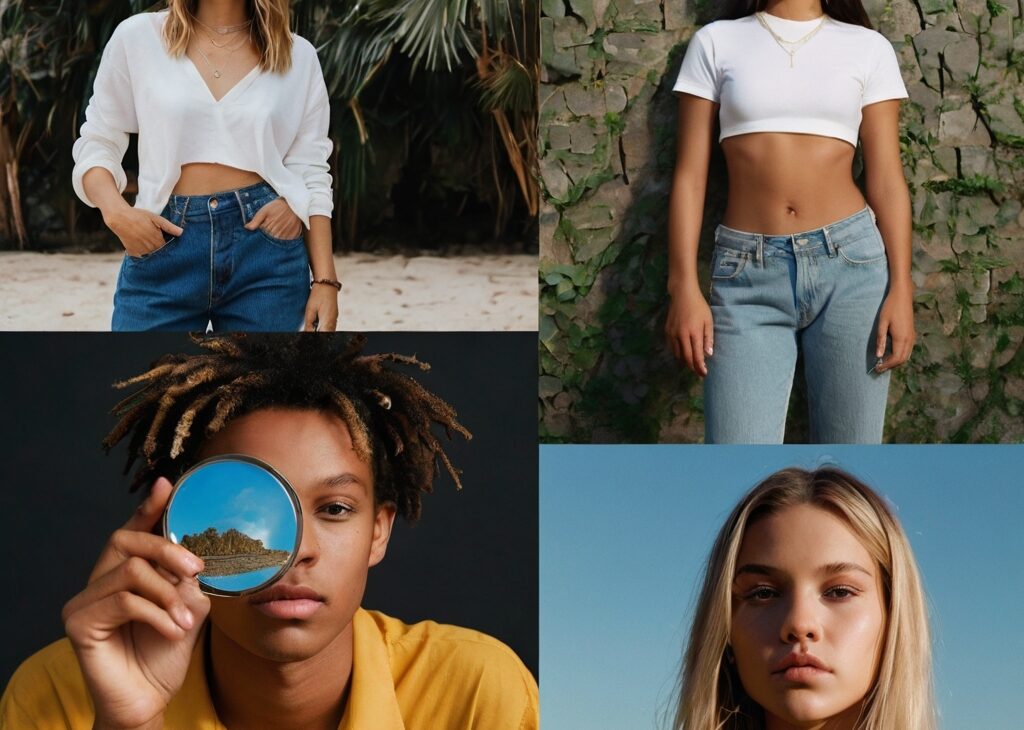
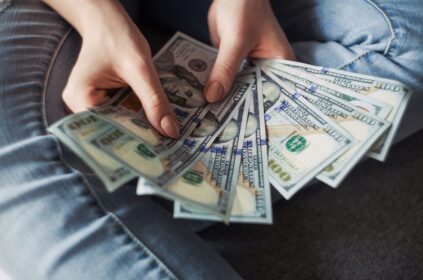
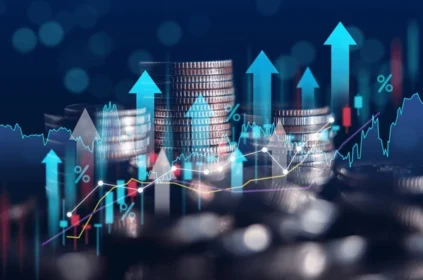

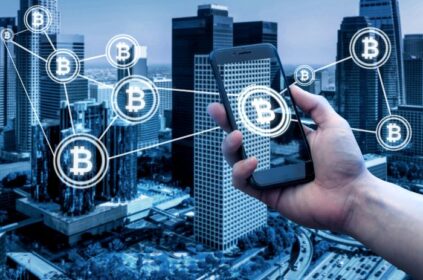


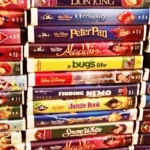
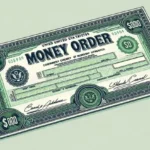
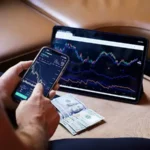


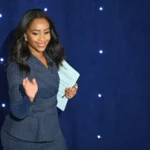
[…] that still have their original factory shrink wrap. On top of that, it looks like movie fans are making good money by selling their rare or mint-condition videotapes on eBay. You might find classic films like Back […]